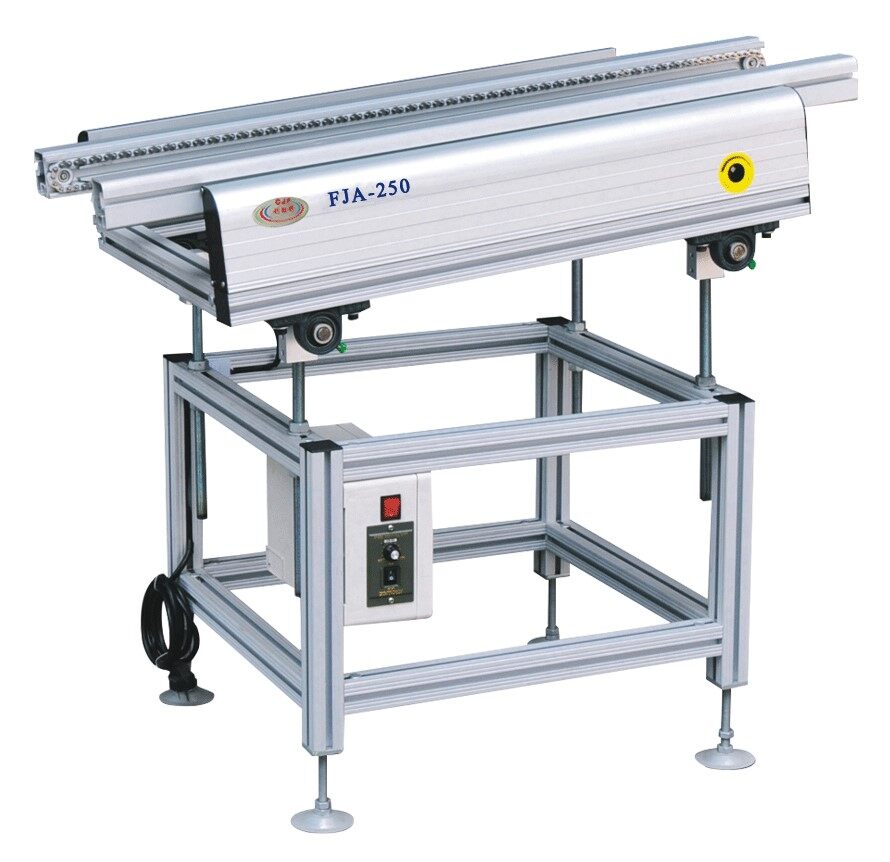Email format error
Email cannot be empty
Email already exists
6-20 characters(letters plus numbers only)
The password is inconsistent
Email format error
Email cannot be empty
Email does not exist
6-20 characters(letters plus numbers only)
The password is inconsistent


In the world of electronics manufacturing, efficiency and precision are paramount. One process that stands out for its ability to deliver both is wave soldering. If you've ever wondered, "What is wave soldering process?" then you’re in the right place. In this blog, we will explore the ins and outs of wave soldering, its significance in electronics assembly, and why it's a go-to method for many manufacturers.
At its core, wave soldering is a method used to solder electronic components to a printed circuit board (PCB). It involves passing the PCB over a wave of molten solder, which bonds the components to the board. This technique is particularly favored for its efficiency and ability to handle large volumes of boards with multiple components.
The process begins with the PCB being coated with a flux, which helps clean and prepare the surfaces for soldering. Once the flux is applied, the board is then passed over a wave of molten solder. This wave is created by pumping molten solder through a nozzle, forming a continuous wave that the PCB travels over. The solder adheres to the components and PCB, creating the necessary electrical connections.
The first step in wave soldering involves preparing the PCB. This includes applying a solder mask to prevent solder from bridging between conductive traces and ensuring the board is clean and free of contaminants. The components are then inserted into the board through holes or surface-mount pads, depending on the design.
Once the PCB is ready, it is coated with flux. Flux is a chemical compound that helps to remove oxides and impurities from the surfaces to be soldered. This ensures a clean bond between the solder and the PCB. The flux also helps the solder to flow more easily and uniformly.
Before the PCB encounters the molten solder, it is preheated. Preheating is crucial because it helps to reduce thermal shock and ensures that the solder adheres properly. This step also helps to activate the flux and improve the overall quality of the solder joints.
The heart of the wave soldering process is the soldering phase. The PCB is passed over a wave of molten solder, which is pumped through a nozzle to create a continuous wave. As the board moves over the wave, the solder adheres to the exposed metal surfaces, creating solid electrical connections.
After the soldering is complete, the PCB moves through a cooling zone. This step is essential to ensure that the solder solidifies properly and forms strong, reliable joints. Cooling can be achieved through various methods, such as forced air or water cooling.
The final step in the wave soldering process is inspection and testing. This phase ensures that all solder joints are correctly formed and that there are no defects such as solder bridges or cold solder joints. Various inspection methods, including visual inspection and automated optical inspection (AOI), are used to verify the quality of the soldering.
Wave soldering offers several benefits, making it a popular choice for many electronics manufacturers:
High Efficiency: Wave soldering is well-suited for high-volume production. The process is fast and can handle multiple PCBs simultaneously, making it ideal for large-scale manufacturing.
Consistent Quality: The automated nature of wave soldering ensures that each PCB is soldered consistently. This uniformity helps in maintaining high-quality standards across all manufactured boards.
Cost-Effective: For large production runs, wave soldering can be more cost-effective compared to other soldering methods. The efficiency of the process reduces labor costs and material wastage.
Versatility: Wave soldering can handle a wide range of PCB designs and component types, making it a versatile option for various electronic products.
While wave soldering has many advantages, it also comes with its own set of challenges:
Complex PCB Designs: Wave soldering is not always suitable for PCBs with very fine-pitch components or complex layouts. In such cases, other soldering methods, like reflow soldering, may be more appropriate.
Component Sensitivity: Some components, especially those with plastic parts, may be sensitive to the high temperatures involved in the wave soldering process. Care must be taken to ensure that components are not damaged during soldering.
Solder Bridging: There is a risk of solder bridging, where solder accidentally creates connections between adjacent pins or traces. Proper design and flux application can help mitigate this risk.
Wave soldering is used in a wide range of applications across various industries. Here are a few examples:
Consumer Electronics: Many consumer electronics, such as televisions, audio equipment, and household appliances, utilize wave soldering for assembling their PCBs.
Automotive Industry: The automotive industry relies on wave soldering for producing reliable and durable electronic components used in vehicles.
Telecommunications: Wave soldering is employed in the manufacturing of telecom equipment, including routers, switches, and other network devices.
Medical Devices: In the medical field, wave soldering ensures that critical electronic components in devices like monitors and diagnostic equipment are assembled with precision.
So, what is wave soldering process? In summary, wave soldering is a highly efficient and effective method for soldering electronic components to PCBs. Its ability to handle high volumes of boards with consistent quality makes it a preferred choice for many manufacturers. While it has its limitations and challenges, the benefits of wave soldering—such as cost-effectiveness and versatility—make it an essential technique in the electronics industry.
Understanding wave soldering provides valuable insight into how electronic devices are assembled and highlights the intricate processes involved in bringing our modern technology to life. Whether you're an electronics enthusiast, a professional in the field, or simply curious about manufacturing processes, wave soldering is a fascinating topic that showcases the blend of technology and craftsmanship in electronics assembly.